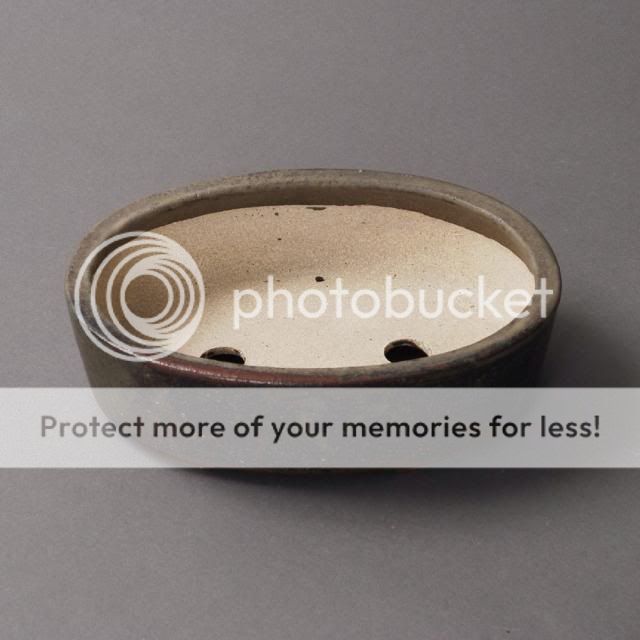Cadillactaste
Neagari Gal
I have seen...fired cone 10...Just curious if there is a rule to follow for things like that...when one is looking at pots. That ones mind can trigger knowing the meaning of terms and what not.
All information is appreciated...thanks!
All information is appreciated...thanks!




